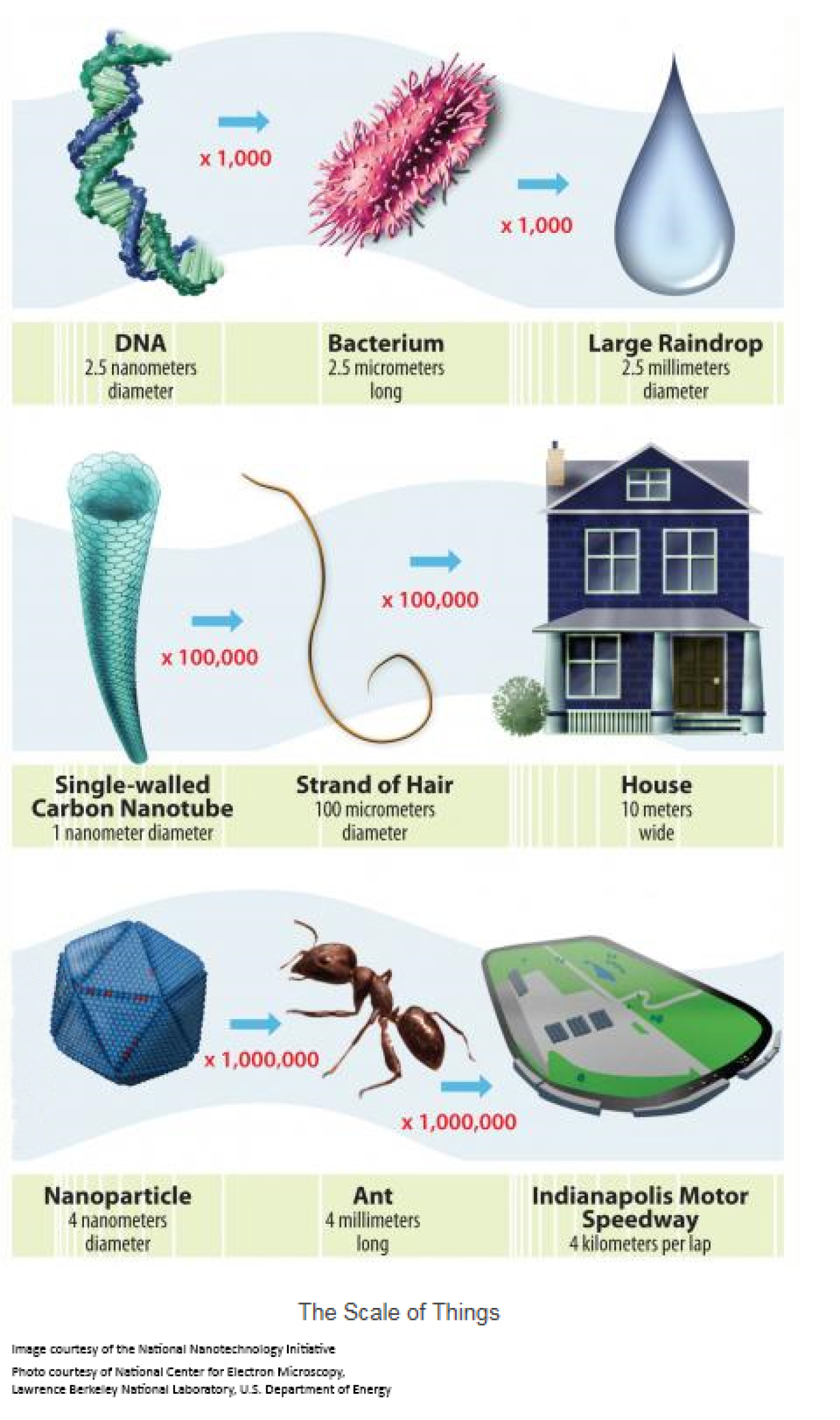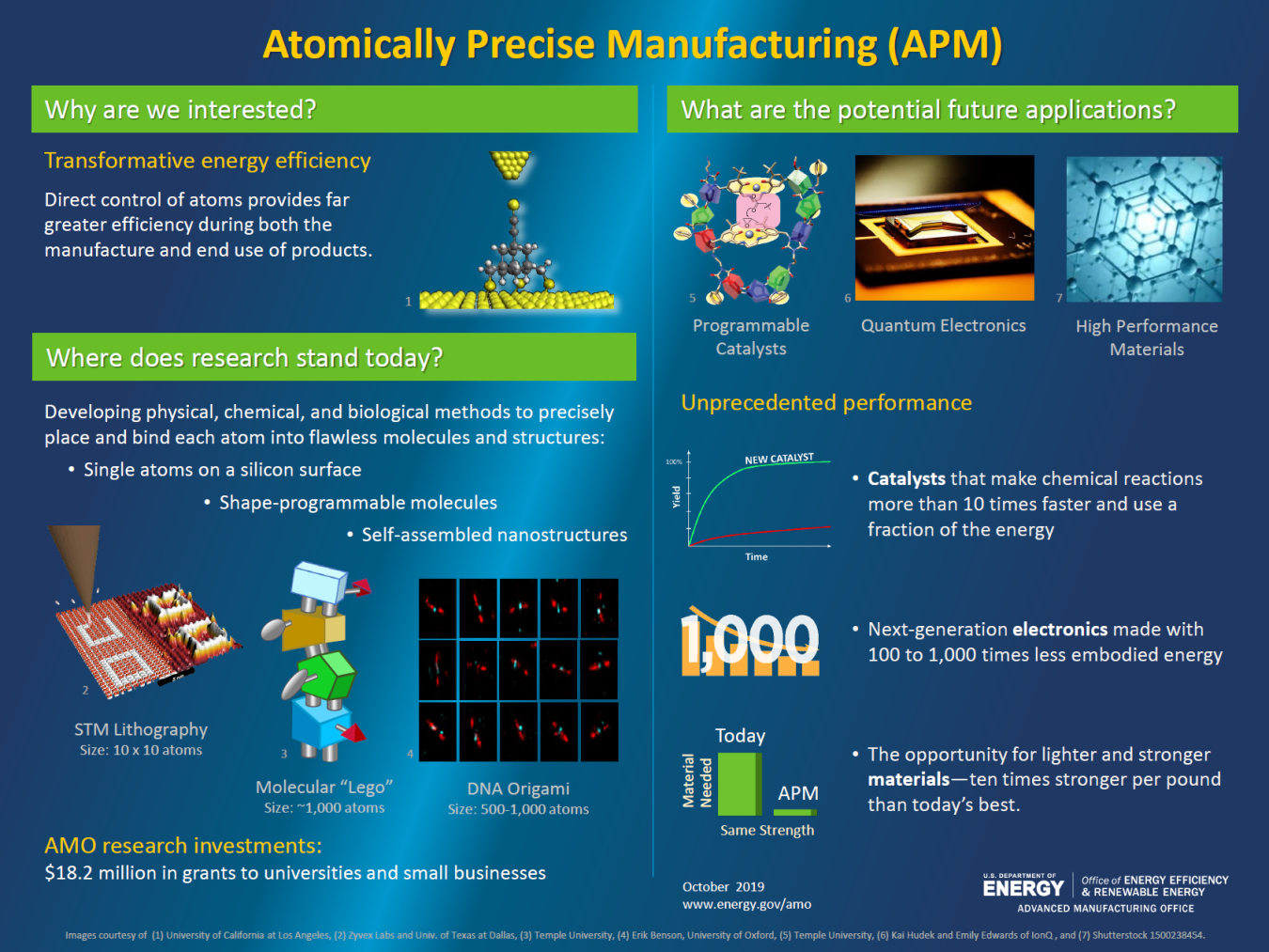Nanoscience and nanotechnology are the study and application of extremely small things and can be used across all the other science fields, such as chemistry, biology, physics, materials science, and engineering.
According to the National Nanotechnology Initiative, the ideas and concepts behind nanoscience and nanotechnology started with a talk entitled “There’s Plenty of Room at the Bottom” by physicist Richard Feynman at an American Physical Society meeting at the California Institute of Technology (CalTech) on December 29, 1959, long before the term nanotechnology was used. In his talk, Feynman described a process in which scientists would be able to manipulate and control individual atoms and molecules. Over a decade later, in his explorations of ultraprecision machining, Professor Norio Taniguchi coined the term nanotechnology. It wasn't until 1981, with the development of the scanning tunneling microscope that could "see" individual atoms, that modern nanotechnology began.
Advanced Manufacturing Office Nanotechnology Projects
-
The ambitious goal of this project is to mechanosynthesize structures in three dimensions (3D) for the first time.
-
This project aims to develop an automated manufacturing process to precisely place individual atoms (known as dopants) to make semiconductors...
-
This project is aimed at AP catalysts to manufacture environmentally friendly polyesters that can cost-effectively compete with polyolefin...
-
The objective of this research project is to speed up and improve STM control so large arrays of STMs can quickly and precisely fabricate...
-
All molecules, including strands of deoxyribonucleic acid (DNA) are, by definition, atomically precise (AP). In this type of APM project, AP DNA...
-
This project will develop a reliable and inexpensive process for producing these composites at commercially relevant scales.
Size of Nanoscale
The illustration below has three visual examples of the size and the scale of nanotechnology, showing just how small things at the nanoscale actually are.



